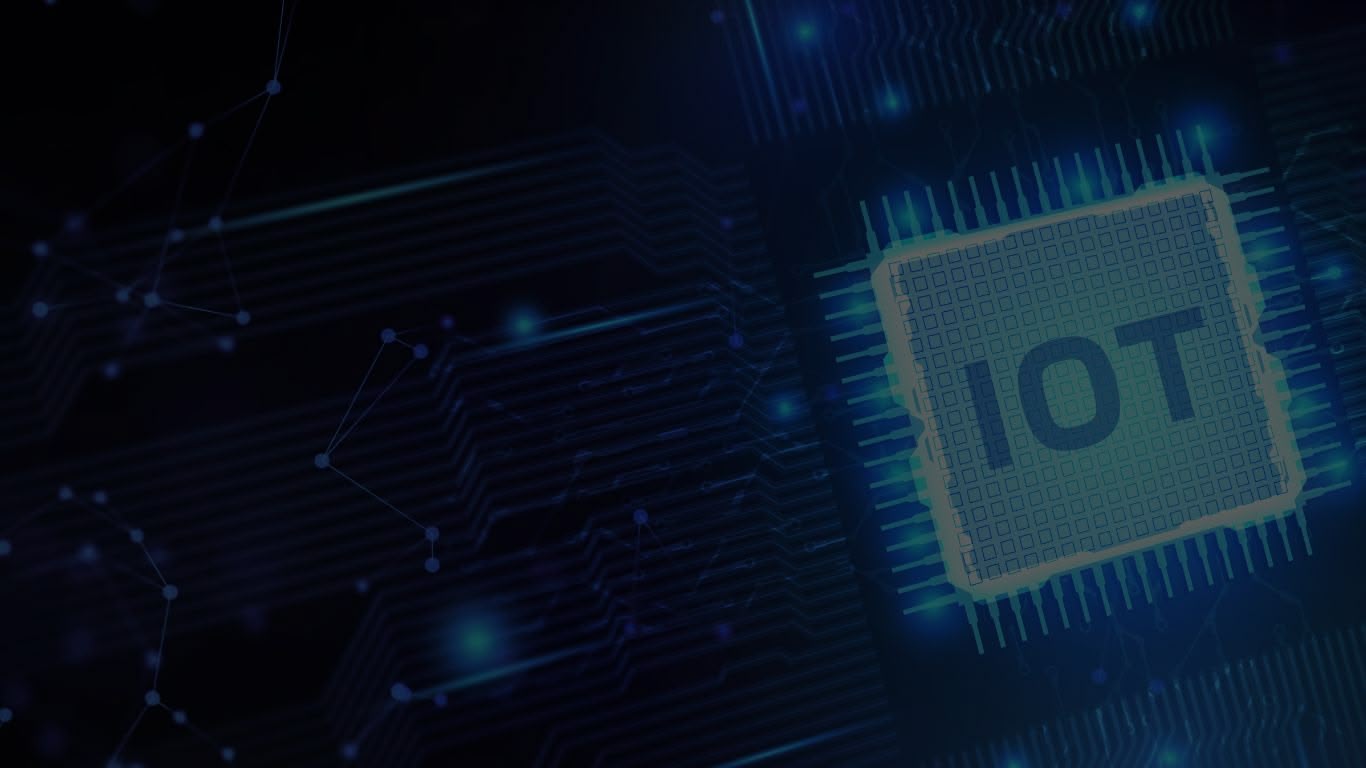

The integration of Artificial Intelligence (AI) and the Internet of Things (IoT) has given rise to a groundbreaking concept known as the Artificial Intelligence of Things (AIoT). This fusion is not merely a technological evolution but a redefinition of how machines interact with humans and the environment. In this article, we check the AIoT phenomenon in detail.
What Is AIoT?
AIoT combines the real-time connectivity and data gathering of IoT with the smart processing capabilities of AI. Where IoT enables devices to collect data, AI empowers them to learn from that data, adapt over time, and make decisions without human input. This collaboration transforms devices from simple data transmitters into intelligent systems that improve user experiences, optimize operations, and enhance safety.
Example: A regular thermostat senses room temperature, but an AIoT-powered thermostat learns your schedule and preferences, adjusting the temperature before you even think about it.
The Shift from IoT to AIoT: Key Differences
| Feature | IoT | AIoT |
|---|---|---|
| Function | Data collection | Intelligent decision-making |
| Dependency | Relies on human interpretation | Self-learning, adaptive |
| Response Time | High (cloud dependent) | Low (real-time with edge AI) |
| User Experience | Reactive | Predictive and proactive |
Core Components of AIoT Architecture
AIoT systems are generally deployed using two major models:
1. Cloud-Based AIoT
- Ideal for complex computations.
- Leverages large datasets.
- Enables centralized model updates.
- Drawback: May suffer from latency and privacy issues.
2. Edge-Based AIoT
- Processes data on or near the device.
- Faster response times.
- Better for privacy and security.
- Requires optimized, lightweight AI models.
Hybrid Models
Most real-world AIoT systems combine both—using the edge for immediate decisions and the cloud for deeper analytics.
Key Applications of AIoT
Smart Homes
- AIoT thermostats, lights, and appliances learn your routine.
- Security systems use AI to detect unusual behavior.
- Voice assistants like Alexa or Google Home act as control hubs.
Healthcare
- Smart wearables track health in real-time (e.g., heart rate, glucose levels).
- Predictive alerts reduce emergency hospital visits.
- AI models personalize care and monitor chronic conditions.
Transportation
- AIoT in cars predicts traffic and suggests best routes.
- Autonomous vehicles rely heavily on edge AI.
- Predictive maintenance ensures safety and reduces breakdowns.
Industrial Automation
- Sensors monitor equipment health.
- AI predicts faults before they happen.
- Quality control through image recognition and real-time metrics.
Smart Cities
- Intelligent traffic systems reduce congestion.
- Smart lighting adapts to pedestrian movement.
- AIoT helps in disaster management through real-time alerts.
Benefits of AIoT
- Real-Time Decisions: No need to wait for data to reach the cloud.
- Personalization: Devices understand and adapt to user behavior.
- Efficiency: Reduces energy use, downtime, and manual labor.
- Cost Savings: Optimizes resources, reduces maintenance costs.
- Improved Safety: Continuous monitoring and automatic alerts.
Key Challenges
- Security Risks: More devices = larger attack surface.
- Data Privacy: Sensitive data must be protected.
- Hardware Limitations: Edge devices have limited power and memory.
- Standardization: Lack of global standards leads to compatibility issues.
Future Trends
- 5G Integration: Faster networks will boost real-time AIoT capabilities.
- Federated Learning: Collaborative AI without sharing private data.
- Low-Power AI Chips: New hardware will bring smarter AI to smaller devices.
- Vertical Specialization: Tailored AIoT systems for healthcare, logistics, agriculture, and more.
Conclusion
The AIoT revolution is just beginning. With faster processors, smarter algorithms, and better connectivity, the next generation of devices will not just respond—they will anticipate. Whether it’s creating safer roads, healthier lives, or smarter factories, AIoT is building a future where machines truly work for us.





